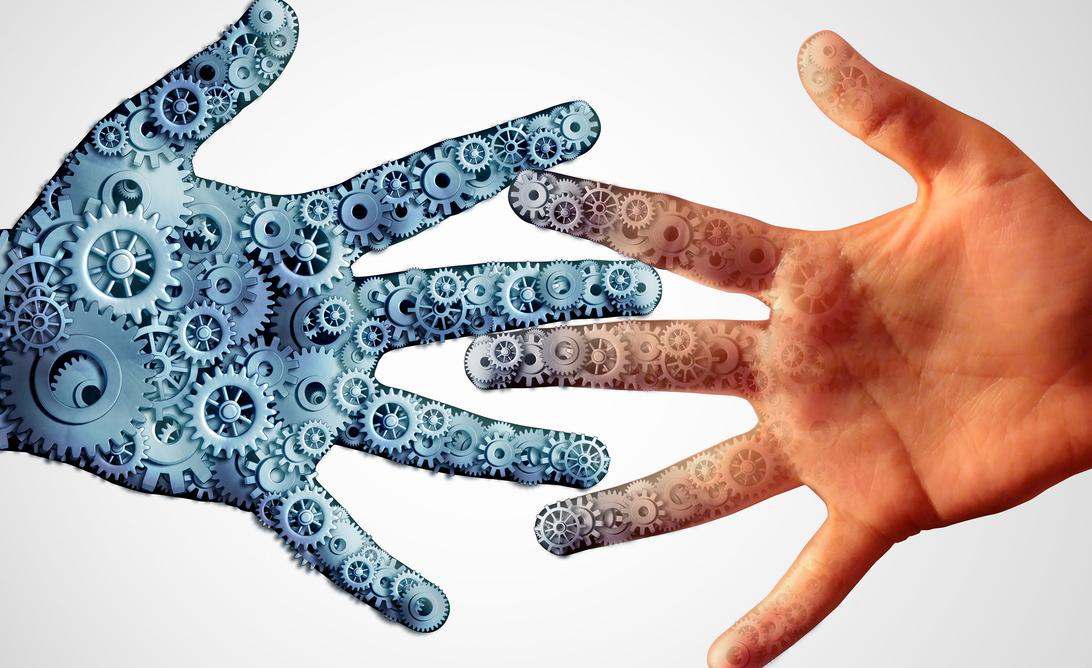How robots can help us embrace a more human view of disability
Improving the lives of people with autism through technology has benefits for us all and encourages society to take a more inclusive view of disability

Your support helps us to tell the story
From reproductive rights to climate change to Big Tech, The Independent is on the ground when the story is developing. Whether it's investigating the financials of Elon Musk's pro-Trump PAC or producing our latest documentary, 'The A Word', which shines a light on the American women fighting for reproductive rights, we know how important it is to parse out the facts from the messaging.
At such a critical moment in US history, we need reporters on the ground. Your donation allows us to keep sending journalists to speak to both sides of the story.
The Independent is trusted by Americans across the entire political spectrum. And unlike many other quality news outlets, we choose not to lock Americans out of our reporting and analysis with paywalls. We believe quality journalism should be available to everyone, paid for by those who can afford it.
Your support makes all the difference.When dealing with the otherness of disability the Victorians, in their shame, built huge out-of-sight asylums, and their legacy of “them” and “us” continues to this day. Two hundred years later, technologies offer us an alternative view. The digital age is shattering barriers, and what used to the norm is now being challenged.
What if we could change the environment, rather than the person? What if a virtual assistant could help a visually impaired person with their online shopping? And what if a robot “buddy” could help a person with autism navigate the nuances of workplace politics? These are just some of the questions that are being asked and which need answers as the digital age challenges our perceptions of normality.
The treatment of people with developmental conditions has a chequered history. In towns and cities across Britain, you will still see large Victorian buildings that were once places to “look after” people with disabilities; that is, remove them from society. Things became worse still during the time of the Nazis with an idealisation of the perfect and rejection of Darwin’s idea of natural diversity.
Today we face similar challenges about differences versus abnormalities. Arguably, current diagnostic systems do not help, because they diagnose the person and not “the system”. So, a child has challenging behaviour, rather than being in distress; the person with autism has a communication disorder rather than simply not being understood.
Natural-born cyborgs
In contrast, the digital world is all about systems. The field of human-computer interaction is about how things work between humans and computers or robots. Philosopher Andy Clark argues that humans have always been natural-born cyborgs – that is, we have always used technology (in its broadest sense) to improve ourselves.

The most obvious example is language itself. In the digital age we can become truly digitally enhanced. How many of us Google something rather than remembering it? How do you feel when you have no access to wi-fi? How much do we favour texting, tweeting and Facebook over face-to-face conversations? How much do we love and need our smartphones?
In the new field of social robotics, my colleagues and I are developing a robot buddy to help adults with autism understand, for example, if their boss is pleased or displeased with their work. For many adults with autism, it is not the work itself that stops from them from having successful careers, it is the social environment surrounding work. From the stress-inducing interview to workplace politics, the modern world of work is a social minefield. It is not easy, at times, for us neurotypticals, but for a person with autism it is a world full of contradictions and implied meaning.
That is why organisations such as Denmark’s Specialisterne (“the specialists”) sprang up: to employ only people with autism for their special skills, which include attention to detail rather than their inability to gossip with Julie from accounts. Employing people with autism to do work such as computer programming in an autism-friendly environment has resulted in a net fiscal gain to Danish society; rather than being paid benefits, the Specialisterne employees pay taxes.

An autism-friendly environment is not just about the physical and sensory environment (many cinemas now offer autism-friendly screenings), but also the social environment. Reading emotions and understanding people’s underlying mental states and desires is one of the major challenges that people with autism face. Our robot buddy allows us to isolate the features of the face, to make them more discernible to people with autism, so they might better recognise the key features of when, say, someone is annoyed.
We often feel pity or guilt when we see a person with a disability. However, the digital world offers an emotionally healthier way of viewing them – with a better chance of taking them at face value. Designing technologies for people with disabilities means designing better technologies for all of us. For example, with the help of people with autism, we are building robots that will be better at social interaction. So we need the help of people with disabilities. Through these new technologies there is greater inclusivity and people with disabilities can play a more active role in society.
The attainment of impossible perfection is arguably one of modern life’s pitfalls. However, neurodiversity is the idea that differences in the genome are natural variations rather than pathologies. Modern technologies can offer greater equality, more opportunities and a better lens through which to view disabilities. Imperfection is nature’s insurance policy – something we should bear in mind the next time we judge both others and ourselves.
Thusha Rajendran is a reader in psychology at the Heriot-Watt University. This article was originally published on The Conversation (www.conversation.com)
Join our commenting forum
Join thought-provoking conversations, follow other Independent readers and see their replies
Comments